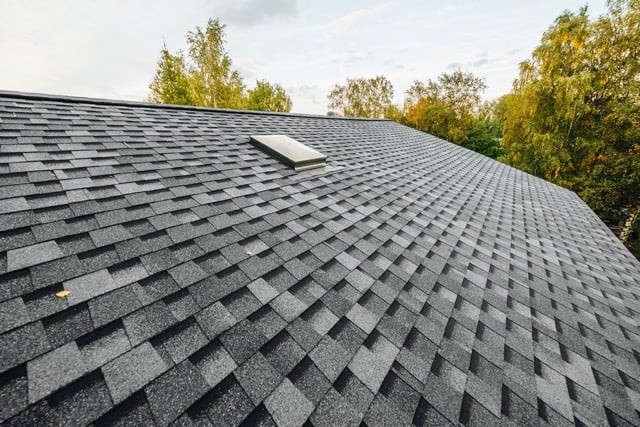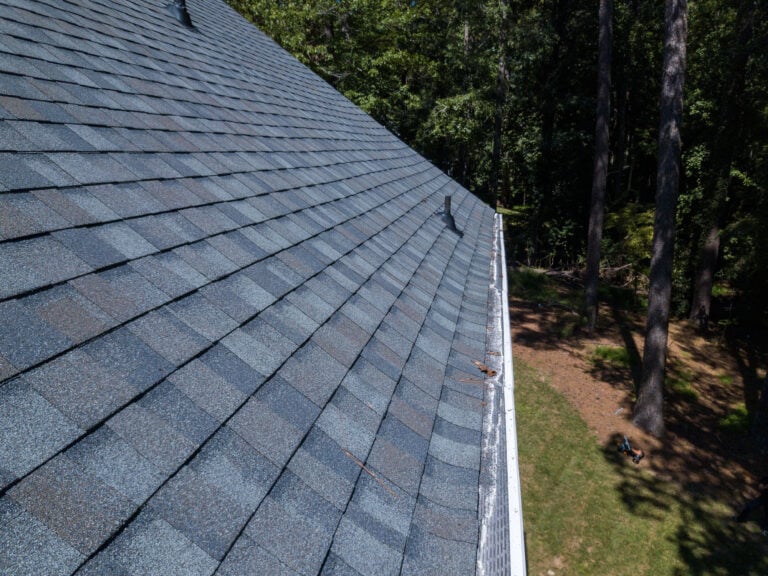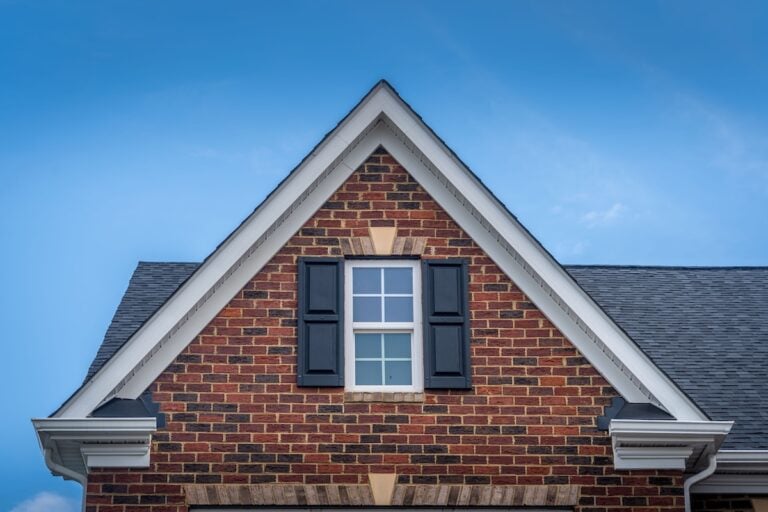Upgrading your roofing system is one of the most important ways you can improve the longevity of your home. Your roof protects the structure of your home, enhances curb appeal, and keeps your family safe. But when the time comes for roof repairs or a full roof replacement, you’re faced with a significant decision: should you opt for a roof overlay or a full tear-off?
Both options have their benefits and drawbacks, and the choice largely depends on your specific needs and circumstances. In this article, we’ll break down everything you need to know, covering:
- Roof overlay vs. tear-off: which option is right for you?
- The differences between roof overlays and tear-offs
- Factors to consider when choosing between the two
🔎 Roof Overlay vs. Tear-Off: Which Option is Right for You?
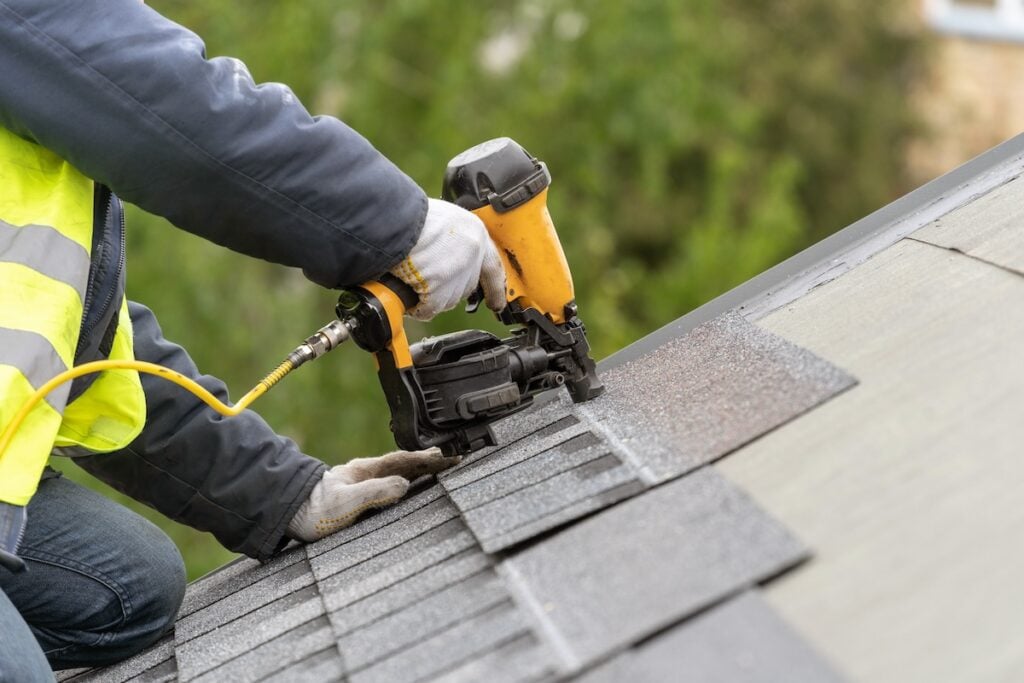
When it comes to replacing your roof, you generally have two options: a roof overlay or a tear-off. Each method comes with its own set of advantages and disadvantages, and the right choice depends on your roof’s condition, budget, and long-term goals.
What is a Roof Overlay?
A roof overlay involves installing a new layer of shingles directly over your existing roof. This method is often chosen for its convenience and affordability as it skips the process of removing the old roof.
Advantages of a Roof Overlay:
- Cost-Effective: Saves on labor and disposal fees since there’s no tear-off.
- Quick Installation: Typically completed in a shorter timeframe.
- Reduced Waste: Minimizes landfill waste, making it a slightly eco-friendlier option.
Disadvantages of a Roof Overlay:
- Added Weight: Can strain the roof’s structure over time.
- Limited Lifespan: Doesn’t address underlying issues, reducing durability.
- Compromised Aesthetics: May look uneven if the existing shingles are in poor condition.
What is a Tear-Off?
A tear-off requires removing the entire old roof down to the decking and replacing it with a new roofing system. This method offers a fresh start and addresses deeper structural issues.
Advantages of a Tear-Off:
- Thorough Solution: Allows inspection and repair of the roof deck, tackling issues like rot or water damage.
- Extended Lifespan: Ensures structural integrity, leading to a longer-lasting roof.
- Improved Curb Appeal: Results in a clean, even roofline for a polished look.
Disadvantages of a Tear-Off:
- Higher Cost: More labor, time, and materials make it pricier upfront.
- Longer Installation Process: The additional steps of removal and inspection take time.
- More Waste: Generates more debris, impacting the environment.
⚖️ 6 Differences Between Roof Overlay and Tear-Off
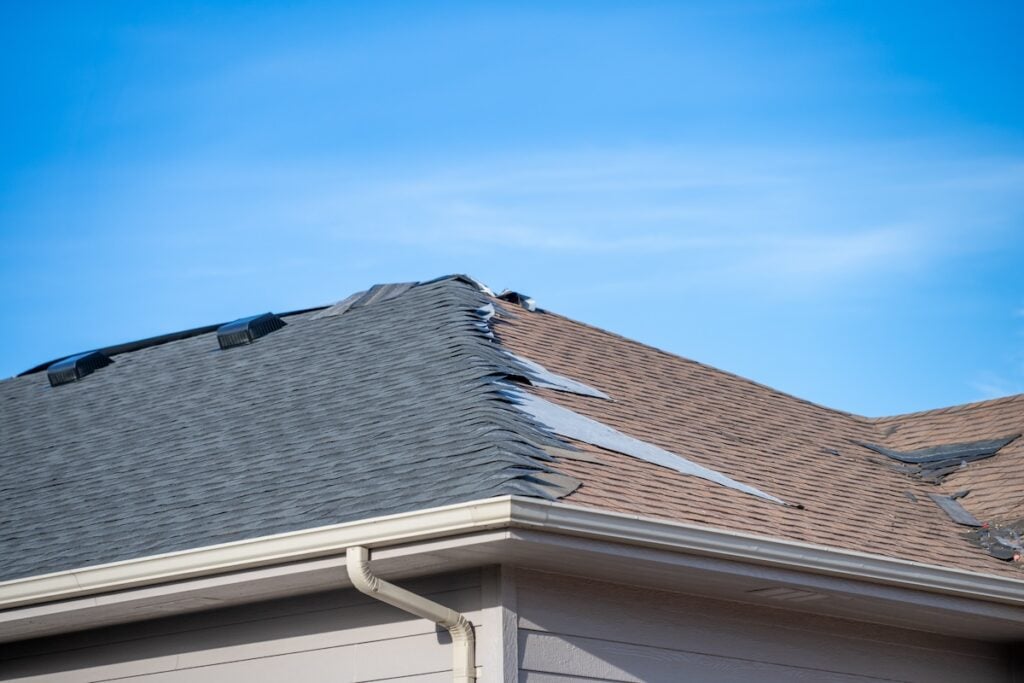
Understanding the key differences between a roof overlay and a tear-off can help inform your decision. Here’s a breakdown of the most important factors to consider:
1. Cost
One of the most significant advantages of overlay roofing is its affordability. On average, overlay roofs cost 25-40% less than tear-off roofs. This cost difference primarily comes down to labor and disposal fees. With an overlay roof, there’s no need to remove the existing roof, which reduces the amount of labor required. Additionally, it eliminates the disposal fees associated with tearing off and disposing of old roofing materials. For homeowners on a tighter budget, overlay roofing can be a more accessible option.
On the other hand, tear-off roofing is a more expensive process. It involves removing the entire existing roof, which is labor-intensive and requires additional materials for replacement. While the upfront costs are higher, many homeowners see this as an investment in a more durable, longer-lasting roof.
2. Time
Overlay roofing is much quicker to install compared to tear-off roofing. Since it skips the step of removing the old roof, the installation process is streamlined, saving a significant amount of time. This makes overlay roofing especially appealing for homeowners looking for a fast solution, whether due to weather concerns or a pressing deadline.
In contrast, tear-off roofing requires more time because it involves the complete removal of the old roof before any new materials can be installed. This additional step ensures the new roof is installed with a clean slate, addressing any potential issues like rot or structural damage. While it takes longer, the thoroughness of the process ensures a more comprehensive and reliable result, making it worth the extra time for many homeowners.
3. Durability
When it comes to durability, tear-off roofs generally have a clear advantage. Overlay roofs, while quicker and cheaper to install, may have a shorter lifespan. This is because they are laid over the existing roof, which could leave underlying problems, such as water damage, mold, or structural weaknesses, unaddressed. These hidden issues can compromise the integrity of the new roof over time.
Tear-off roofs, by comparison, allow contractors to address any underlying issues before installing the new roof. By starting from scratch, builders can ensure the roof is structurally sound and free of hidden damage. As a result, tear-off roofs tend to be more durable and offer homeowners peace of mind that potential problems have been resolved.
4. Structural Impact
An overlay roof adds an extra layer of weight to your home, which can be a cause for concern, particularly for older homes or structures that weren’t designed to handle additional loads. Over time, this added weight could result in structural strain, leading to potential issues such as sagging or compromised roof integrity. Homeowners with older properties should carefully assess whether their roof can handle an overlay without causing long-term problems.
Tear-off roofing, on the other hand, completely removes the old roofing material, reducing unnecessary weight and offering a fresh start. By eliminating the additional burden, tear-off roofing is often a safer and more practical choice for homes with structural concerns or older constructions that might not withstand the added stress of an overlay.
5. Aesthetics
When it comes to appearance, tear-off roofing tends to deliver a more polished and professional look. By removing the old roof completely, tear-off installations create a clean, uniform surface for the new materials, ensuring a sleek and visually appealing result. This can enhance your home’s curb appeal and give it a fresh, well-maintained appearance.
In contrast, overlay roofing can sometimes fall short in terms of aesthetics. Since it involves installing new materials over the existing roof, it may lead to uneven surfaces, bumps, or visible imperfections. These inconsistencies can detract from the overall look of your home. While overlay roofing is functional and cost-effective, homeowners who value a flawless, polished finish may prefer the clean look of a tear-off roof.
6. Environmental Consideration
For environmentally conscious homeowners, overlay roofing can be a more sustainable choice. Because the old roof isn’t removed, overlay installations generate significantly less waste. This reduction in debris helps minimize the amount of material sent to landfills, making overlay roofing a greener option overall.
Tear-off roofing, while thorough, does produce more waste. The process of removing old roofing materials creates a considerable amount of debris that needs to be disposed of, which can increase landfill waste. While this approach offers a durable and long-lasting solution, it may not align with the priorities of homeowners looking to minimize their environmental impact.
👉 Factors to Consider When Choosing Between a Roof Overlay and Tear-Off
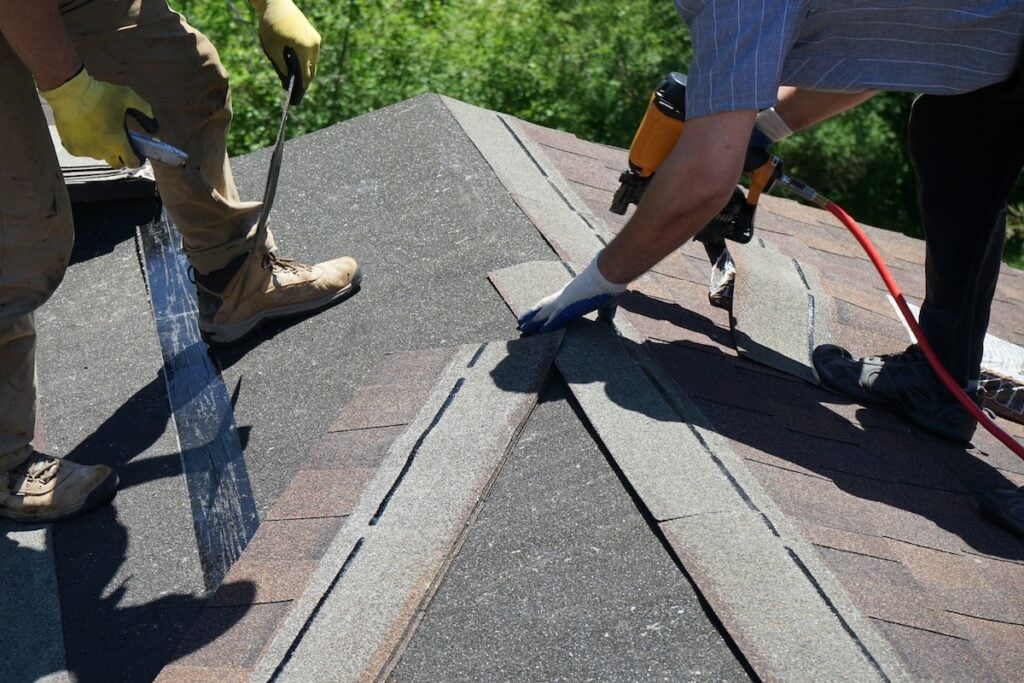
When deciding which roofing options are best for your home, take the following factors into account:
1. Age of Your Roof
The age of your roof is a crucial factor when deciding between a roof tear-off or an overlay. Most roofs have a lifespan of 20-30 years, depending on the material and installation quality. If your roof is nearing the end of its expected lifespan, adding another layer of shingles through an overlay may only offer a temporary fix and could lead to more costly repairs down the road.
Additionally, if your roof already has multiple layers of shingles, a tear-off is the better option to ensure proper installation and long-term durability, as adding more weight can stress the structure and compromise safety.
2. Condition of Your Roof
The current condition of your roof plays a significant role in determining the best course of action. If your roof shows visible signs of damage, such as leaks, sagging, missing shingles, or water stains on your ceiling, a tear-off becomes necessary.
These issues often indicate underlying problems, such as rot, mold, or weakened decking, which cannot be properly addressed with an overlay. A tear-off allows contractors to inspect the roof’s foundation, repair damages, and ensure a solid base before installing new shingles, giving you peace of mind and lasting protection.
3. Budget
Your budget is always a key consideration when it comes to roofing decisions. If you’re looking for the most affordable solution in the short term, a roof overlay might seem appealing since it requires less labor and material. However, it’s important to weigh the long-term costs. Overlays can trap heat, accelerate wear on shingles, and may not last as long, leading to additional expenses in the future. On the other hand, a tear-off is more expensive upfront but provides a fresh start with better durability, making it a cost-effective investment if you plan to stay in your home for many years.
4. Local Building Codes
Before making a decision, it’s essential to familiarize yourself with local building codes and regulations. Some areas have restrictions on the number of shingle layers allowed due to structural and safety concerns. For example, having more than two layers can add excessive weight to the roof and stress the home’s framework. In such cases, a tear-off is mandatory to comply with legal requirements. Checking with your local building authority or consulting a licensed contractor ensures that your roofing project aligns with regulations and avoids potential fines or future complications.
5. Future Plans
Your future plans for the property can also influence whether you choose a tear-off or an overlay. If you’re planning to sell your house soon, a roof overlay might be a cost-effective way to enhance your home’s cosmetic appeal and attract buyers.
However, keep in mind that a new roof installed after a tear-off can significantly boost property value and reassure potential buyers that the roof won’t require immediate attention. If you’re planning to stay in your home long-term, a tear-off offers better durability and efficiency, making it the more reliable choice for a new roofing system when it comes to future planning.
🏠 Roof Overlay Or Tear Off
At Palladium Roofing, we understand that your roof is one of the most critical aspects of your home, protecting everything you value most. When it comes to roof overlays or any roofing project, our experienced roofing professionals deliver expert craftsmanship, transparent pricing, and unparalleled customer care.
We use only the highest-quality materials to ensure your roof stands the test of time, and we’re dedicated to making the process smooth and stress-free. Ready to enhance your home with a reliable, durable roof? Contact Palladium Roofing today for a free quote and let us help you protect what matters most!


